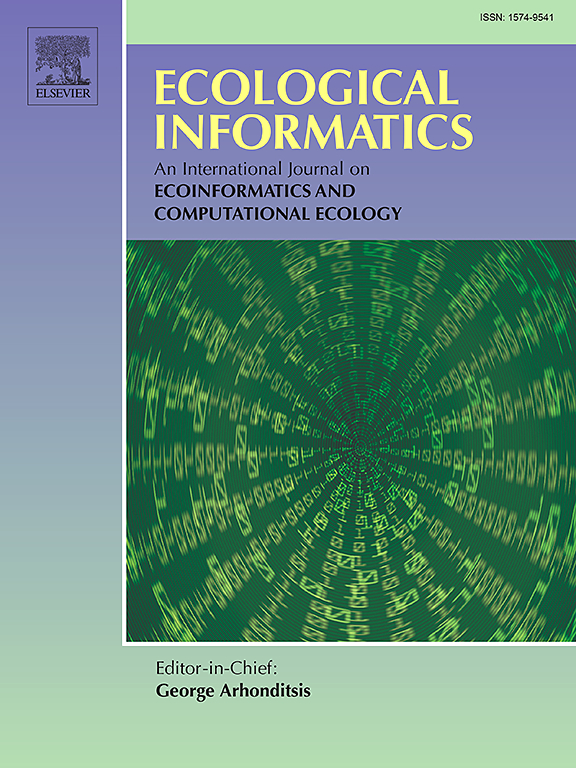Influence of geometrical shape on thermal heterogeneity in closed landfill sites
IF 7.3
2区 环境科学与生态学
Q1 ECOLOGY
引用次数: 0
Abstract
Thermal heterogeneity assessment in landfill sites is essential for identification of potential hazards. The relationship between landfill geometrical shape and land surface thermal heterogeneity is not well understood. This study examines the association between landfills' shape configuration and thermal heterogeneity by using two mathematical shape factors on thirty-eight closed landfills. Three different multiple linear regression models were developed for landfill sites of various sizes. Geometrical shape analysis of the sites shows that all landfills surpass the 0.5 threshold, suggesting a tendency toward regular shapes and a systematic approach in their design and operation, with a mean elongation and compactness shape factor of 0.819, and 0.724, respectively. This pattern likely accommodates land use constraints and proximity to neighboring properties, with boundaries confined by the surrounding road network. In larger landfill sites, the elongation shape factor exhibits a higher coefficient (−0.46) than the compactness shape factor (−0.35), indicating its stronger association on thermal heterogeneity of the site. This finding helps to develop strategies for better thermal management and environmental safety of large landfill sites. The negative coefficients for all the site groups (small, medium, and large) suggest that a more compact and regular shape may promote thermal homogeneity in closed landfills. The proposed method improves monitoring of closed landfills and contributes to the development of evidence-based landfill design guidelines and regulations.

封闭填埋场几何形状对热非均质性的影响
垃圾填埋场的热非均质性评价是识别潜在危害的关键。填埋场几何形状与地表热非均质性之间的关系尚不清楚。本研究利用两个数学形状因子对38个封闭的垃圾填埋场的形状与热非均质性之间的关系进行了研究。针对不同规模的垃圾填埋场,建立了三种不同的多元线性回归模型。几何形状分析表明,所有填埋场均超过了0.5的阈值,表明其设计和运行趋向于规则形状,平均伸长和密实形状因子分别为0.819和0.724。这种模式可能会适应土地使用的限制和邻近物业的邻近,边界受到周围道路网络的限制。在较大的填埋场中,伸长形状因子的系数(- 0.46)高于致密形状因子(- 0.35),表明其与填埋场热非均质性的关联更强。这一发现有助于为大型垃圾填埋场制定更好的热管理和环境安全战略。所有场址组(小型、中型和大型)的负系数表明,更紧凑和规则的形状可能促进封闭垃圾填埋场的热均匀性。所提出的方法改善了对封闭垃圾填埋场的监测,有助于制定基于证据的垃圾填埋场设计指南和法规。
本文章由计算机程序翻译,如有差异,请以英文原文为准。
求助全文
约1分钟内获得全文
求助全文
来源期刊

Ecological Informatics
环境科学-生态学
CiteScore
8.30
自引率
11.80%
发文量
346
审稿时长
46 days
期刊介绍:
The journal Ecological Informatics is devoted to the publication of high quality, peer-reviewed articles on all aspects of computational ecology, data science and biogeography. The scope of the journal takes into account the data-intensive nature of ecology, the growing capacity of information technology to access, harness and leverage complex data as well as the critical need for informing sustainable management in view of global environmental and climate change.
The nature of the journal is interdisciplinary at the crossover between ecology and informatics. It focuses on novel concepts and techniques for image- and genome-based monitoring and interpretation, sensor- and multimedia-based data acquisition, internet-based data archiving and sharing, data assimilation, modelling and prediction of ecological data.
 求助内容:
求助内容: 应助结果提醒方式:
应助结果提醒方式:


